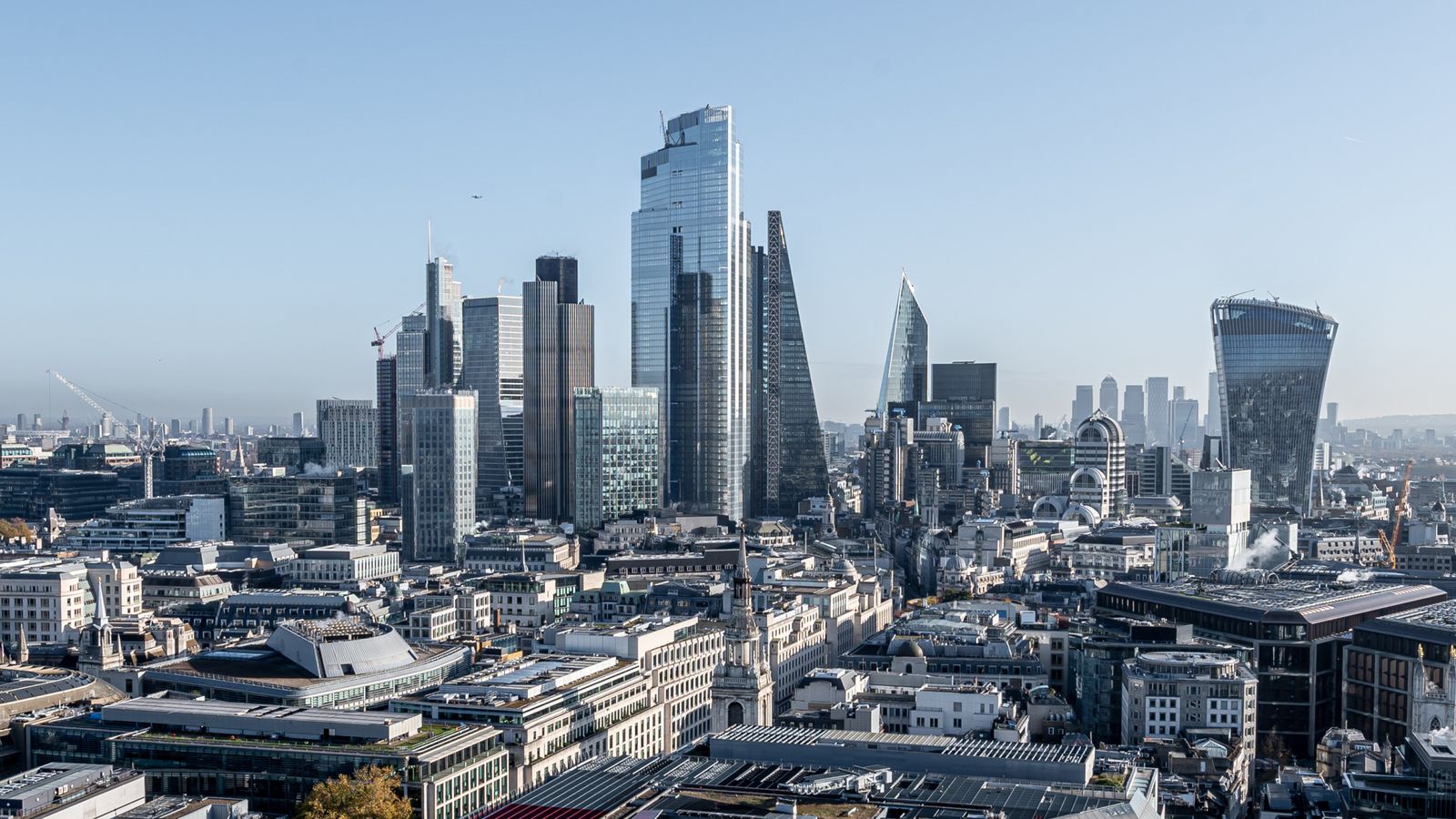Few companies are a better barometer of investor sentiment towards emerging markets than Ashmore Group.
The fund manager, a member of the FTSE 100 between 2011-12, specialises in emerging market asset classes that include equities, bonds, currencies and alternative investments such as property and infrastructure.
Today it reported a 54% drop in half-year pre-tax profits, to £53.8m, largely reflecting an 11% drop in assets under management to $57.2bn as at the end of December.
Of that, some $7.6bn reflected anxious investors pulling out their money, only partly offset by an extra $800m due to investment performance.
Mark Coombs, the chief executive, said client redemptions had not yet come to an end but were “significantly less every day”.
He added that the company had noted a very modest improvement in sentiment in recent weeks but not a lot.
He told analysts: “Investors still do nothing when they’re frightened so risk aversion tends to create not much activity – but we are seeing a bit of activity.
Microsoft’s $69bn takeover of Activision a step closer to being blocked by UK watchdog
Energy crunch: UK’s largest gas supplier warns output is at capacity
UK to swerve recession but a quarter of homes face cost of living struggle, think-tank predicts
“If 10 was everyone loving to invest, they’ve gone from zero to one. But it’s a start. And very typical after very ugly periods of performance in the market.”
Mr Coombs said the key investment themes during the last six months had been high inflation – although he noted that headline numbers were “trending lower” – aggressive interest rate rises from central banks around the world, the war in Ukraine and, more recently, “China unwinding at massive speed its zero-COVID policy”.
He said some of the global macro headwinds faced in 2022, including the Fed’s aggressive tightening of monetary policy, were now receding – but warned he did not expect inflation to fall in a straight line and predicted there would be a few “bumps in the road”.
But he noted that valuations continued to be attractive across emerging markets.
Why emerging markets are to perform better than the developed world
He added: “After a positive shift in sentiment towards the end of 2022, and consequently a strong increase in new issuance in early 2023, risk appetite should continue to increase, underpinning market performance and ultimately leading to capital flows into the emerging markets.
“Ashmore is currently delivering outperformance across a broad range of equity and fixed income strategies, as is typical at this stage in a market recovery, and it is well-positioned to benefit from the positive outlook.”
Mr Coombs highlighted that, during the half, three-quarters of assets under management by Ashmore had outperformed their benchmark and said this would encourage some investors to return to the sector.
He said it typically took six months before a solid period of investment performance began to be reflected in inflows of client money but larger sums of money could take up to two years to arrive.
He went on: “Most risk appetite is where most recent outperformance has been. So if I look at where conversations have been around they tend to be around the equity space. We’re seeing a little interest in some of the broader debt themes.
“Like everything in life the stronger your numbers, the more you’ll attract the hotter money.”
Mr Coombs said retail investors had been “on and off” but said he expected to see some “trample” into equity investments.
But he warned: “There’s still a general feel, in most retail markets, there is a strong home country bias.”
He said the first quarter of a calendar year was always important for asset managers as investors tend to look back on their position at the end of December and so Ashmore would have a “pretty good feel” for things come April.
Mr Coombs said existing clients tended to be “quicker on the trigger” and faster to make an investment decision.
Cause for optimism – and a shareholder payment
What is clear though, from what the company said today, is that it is quite optimistic about investment opportunities.
It pointed out that, with economic growth across emerging markets expected to accelerate compared with the developed world, valuations did not reflect “this more encouraging outlook”.
It noted that the price-earnings ratio for emerging markets equities is currently 11 (the lower the PE ratio, the cheaper the rating), against the long-term average of 12.5, while also being “substantially cheaper” than the 15 times earnings at which global equity markets trade.
And the other big signal of confidence from the company itself?
It has not cut its half-year dividend.








